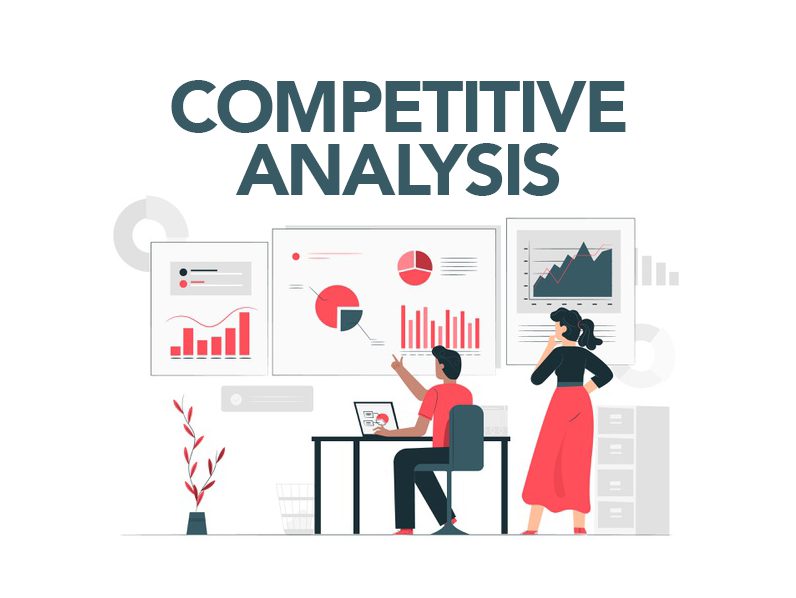In the fast-paced and ever-evolving digital age, the role of media monitoring has become increasingly crucial for businesses, brands, and individuals alike. The dynamic nature of online platforms, social media, and news outlets demands a proactive approach to managing one’s online presence. In this article, we’ll explore the key points highlighting the importance of media monitoring in today’s digital landscape.
1. Real-time Reputation Management:
In the digital realm, news spreads like wildfire. Whether it’s positive or negative, information about your brand can gain traction swiftly. Media monitoring allows you to stay ahead of the curve by providing real-time insights into how your brand is being perceived. This proactive approach enables timely responses to mitigate potential reputation risks or capitalize on positive sentiments.
2. Crisis Detection and Mitigation:
Media monitoring acts as an early warning system for potential crises. By tracking mentions and sentiment across various channels, businesses can swiftly identify emerging issues, allowing them to implement crisis management strategies promptly. This proactive approach is essential for minimizing damage and maintaining stakeholder trust during challenging times.
3. Competitor Analysis and Market Insights:
Understanding your competitors is a cornerstone of strategic decision-making. Media monitoring tools enable businesses to analyze the online presence of competitors, identify market trends, and uncover opportunities. By staying informed about industry developments, organizations can adapt their strategies to stay competitive in a rapidly changing landscape.
4. Effective Social Media Engagement:
Social media platforms play a pivotal role in shaping public opinion. Media monitoring helps businesses gauge the effectiveness of their social media engagement by tracking mentions, likes, shares, and comments. Analyzing these metrics provides valuable insights into audience preferences and allows for the optimization of social media strategies to better connect with the target audience.
5. Brand Sentiment Analysis:
Understanding how people feel about your brand is paramount. Media monitoring tools utilize sentiment analysis to gauge the mood behind mentions and comments related to your brand. This allows businesses to measure the overall sentiment, identify patterns, and make data-driven decisions to enhance brand perception.
6. Strategic Content Creation:
Media monitoring can inform content creation strategies by identifying trending topics, popular keywords, and areas of interest within your industry. By aligning content with current trends and addressing the concerns of your audience, you can create more relevant and engaging material that resonates with your target market.
7. Maximizing Marketing ROI:
For businesses investing in digital marketing campaigns, media monitoring provides insights into the effectiveness of these efforts. Analyzing media mentions and audience reactions allows for the optimization of marketing strategies, ensuring that resources are allocated to channels and messages that yield the highest return on investment (ROI).
Conclusion:
In conclusion, the digital landscape is unforgiving, and staying informed is not just an option but a necessity. Media monitoring is the compass that guides businesses through the ever-changing currents of online information. From reputation management and crisis mitigation to strategic decision-making and effective communication, the importance of media monitoring in today’s digital landscape cannot be overstated. By embracing these tools and strategies, businesses can not only survive but thrive in the dynamic world of digital media.



